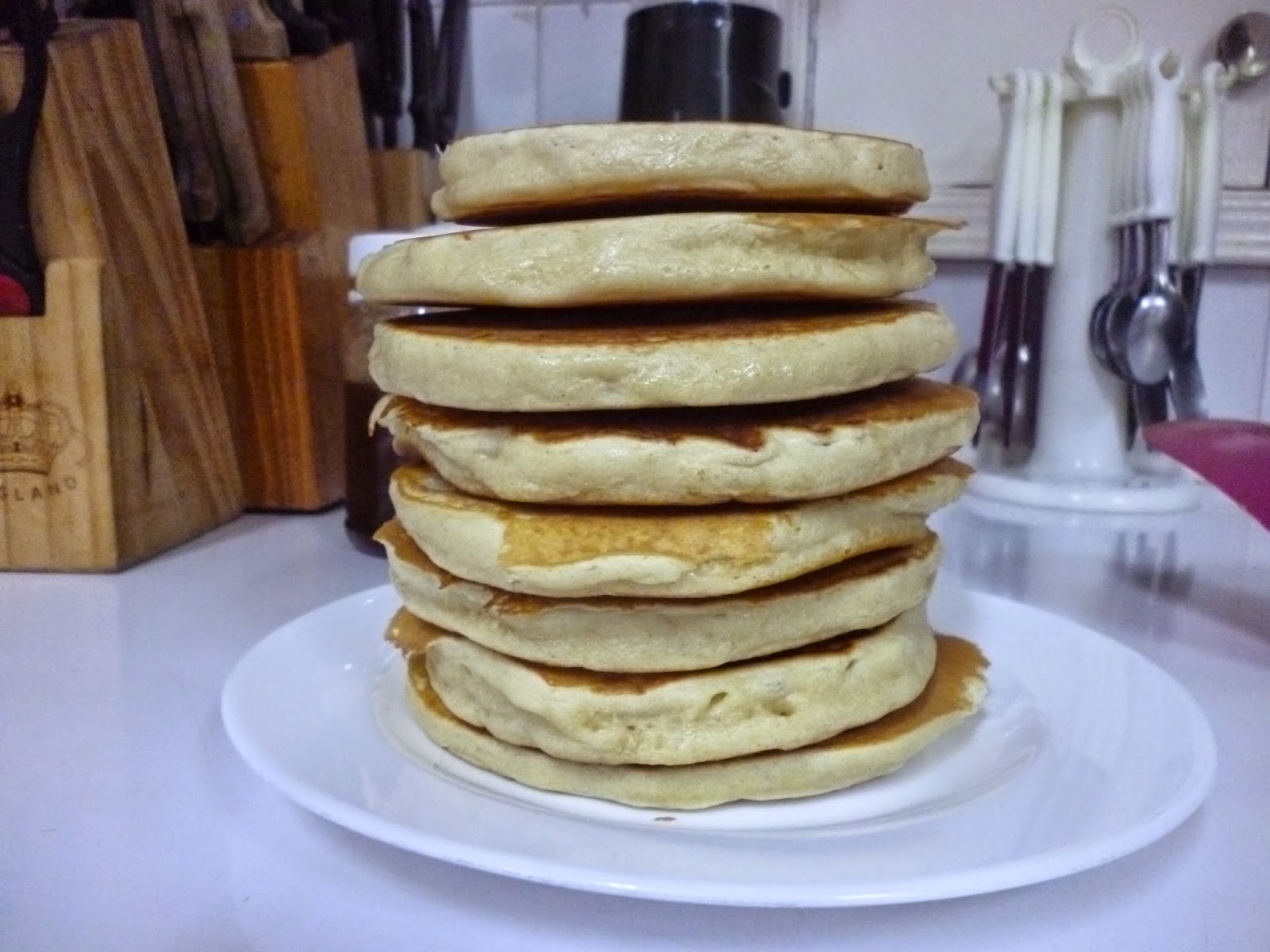During the last week of 2014 I had the pleasure of staying
in one of the public universities. While there, I had my first encounter with
bed bugs (Cimex lectularius and Cimex hemipterus) Obviously the Kenyan
student community doesn't know these nasty little critters by their scientific names but they are known as “micro-comrades”
I talked to various people and I found out that bed bug
infestations are not limited to only public universities but to also private
institutions, homes, apartments, hospitals, dormitories and hotel rooms. In
fact, bed bug infestations are a worldwide problem since bed bugs are found in
both temperate and tropical climates.
Adult bugs are easily identifiable. These are oval shaped,
flat, wingless and approximately 5 mm long. Adults are reddish brown (chestnut)
in colour, whereas immatures are smaller and may be light yellow. They have a
pyramid-shaped head with prominent compound eyes, slender antennae and a long
proboscis tucked underneath the head and thorax.
Bed bugs are
ectoparasites that feed exclusively on blood (obligate hematophagous) and can
live for 12 months without feeding and up to 1.5-2 years in colder
environments.
In addition to being able to live for long periods without
food these critters excel in hiding during the day, and feeding at night. Hiding
places are usually within 1 to 2 metres of suitable host and include seams of
mattresses, backside of headboards and even behind hanging wall pictures and in
cracks in the wall.
For those lucky enough to have shared a bed with these bugs then they will understand how irritating the bites are. The bite causes an itchy maculopapular wheal. A raised bump in the skin area. In severe cases, urticarial reactions and anaphylaxis (allergy) can also occur. There is no known literature showing that bed bugs are
transmitters of pathogens so we should be able to rest easy at night. The main problem caused by bed bugs is that they
cause irritation when they bite and as a result disturb sleep.
I once tried to crush a bed bug but I couldn't. Their flat bodies make them hard to squash with the power of a slipper. So control of these bugs is by fumigation and use of
pesticides. Special attention is paid to the mattresses but it is necessary to
consider other hiding places so as to effectively get rid of infestations.
After my week had ended and I got back home, none of my bags
went into the house. Bed bugs are easily transmitted through movement of
luggage and furniture so I made sure that my luggage was properly washed and
disinfected before reintroduction back into the house.
I am sure that after the holidays the "micro-comrades" will be happy with the return of the student community. I am hoping that our paths will never cross again with these "micro-comrades."



